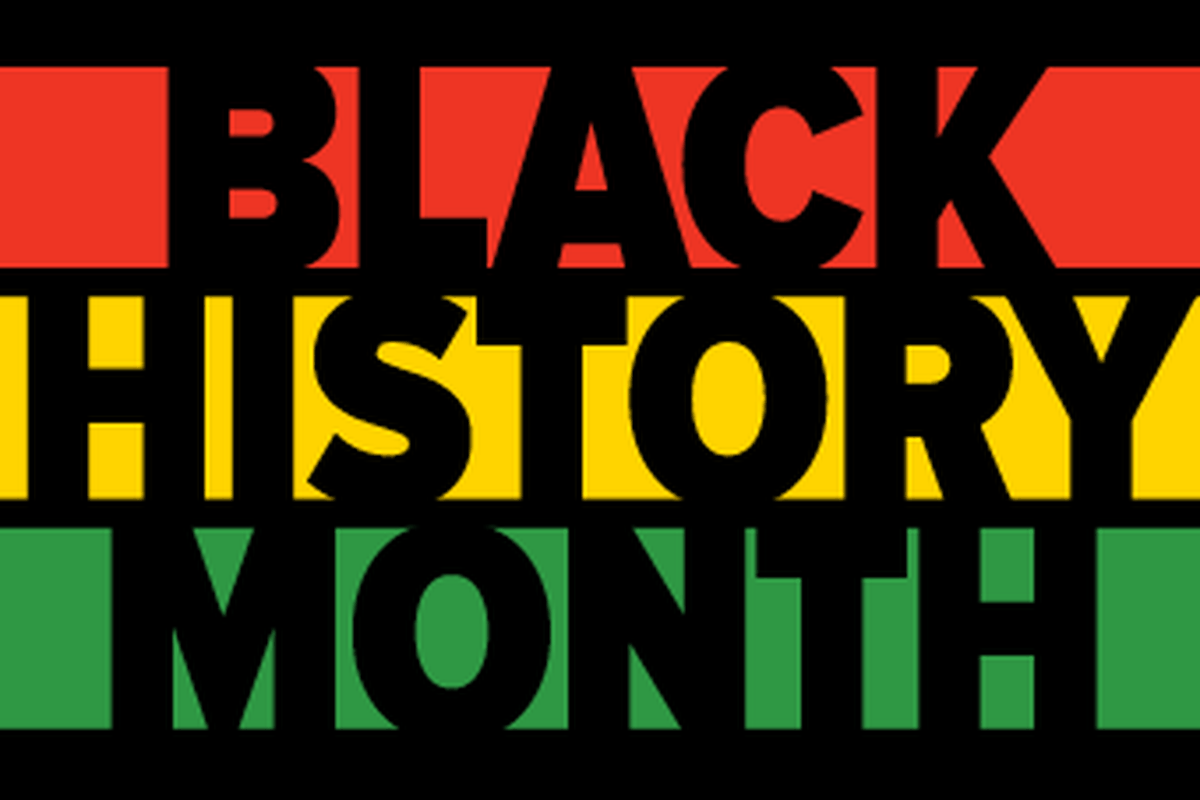
Fredrick Douglass
Frederick Douglass, born into slavery in Maryland around 1817 or 1818, saw little of his mother, Harriet Bailey, and never knew his white father. After a failed escape in 1835, he was jailed and returned to Baltimore, but in 1838 he successfully fled to freedom, keeping the details secret.
Douglass became a prominent abolitionist after publishing his autobiography in 1845. The threat of capture, as well as the book’s excellent performance in Europe, prompted him to travel abroad from August 1845 to 1847, and he lectured throughout the United Kingdom. His English supporters, led by Ellen and Anna Richardson, purchased Douglass from Hugh Auld, giving him his freedom.
In the spring of 1847, Douglass returned to the United States a free man with the funding to start his own newspaper.
His 1860 visit to the U.K. followed fellow abolitionist John Brown’s failed slave rebellion. He quickly fled to Canada before heading to Europe for a scheduled lecture tour. Douglass returned home in April 1860 after learning that his youngest daughter, Annie, had died.
He became a key advocate for abolition and equal rights. Douglass witnessed the abolition of slavery in 1865 and continued campaigning against racial discrimination until his death in 1895.